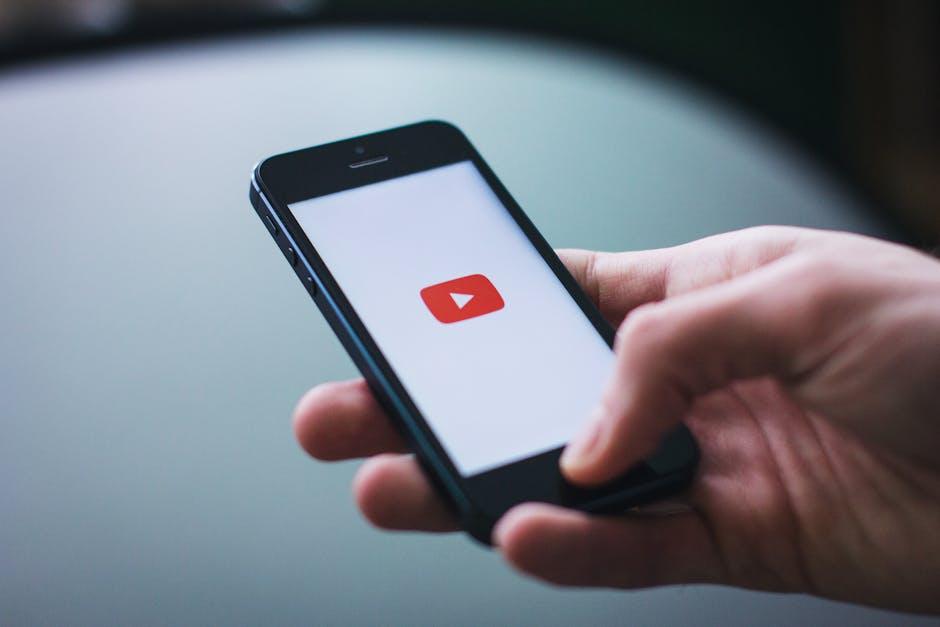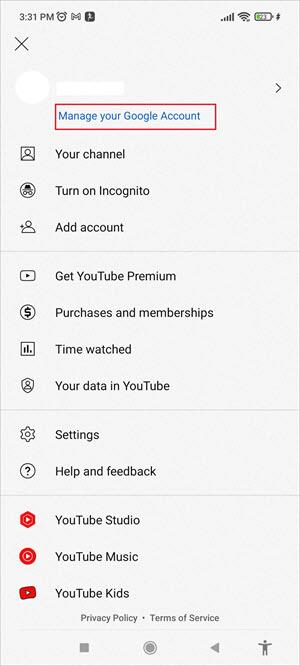You know how sometimes you stumble upon a video that makes you chuckle while revealing a surprising truth? Picture this: you’re deep into a gaming marathon, and suddenly, an ad pops up on YouTube about a questionable “free download” of the latest blockbuster title. It’s a wild world out there when it comes to video games, and the line between what’s acceptable and what’s outright piracy seems to blur faster than your character can zoom past a finish line. In this article, we’re diving headfirst into the tangled web of YouTube and the gaming industry’s ongoing dance with piracy. We’ll unpack YouTube’s policies, explore the impact on creators and gamers alike, and ponder whether there’s a fair way to navigate the chaotic landscape of game access. So, grab your controller and let’s level up on this topic!
The Fine Line Between Fair Use and Piracy in Gaming Content
When it comes to merging creativity and legality in gaming content, it’s a tightrope walk. Fair use allows gamers and creators to share snippets or gameplay footage without necessarily paying royalties, acting as a shield that promotes creativity and discussion around the gaming experience. Think of it as a remix culture where you can borrow a beat but add your own spin. However, this fine line gets crossed into piracy when content creators misuse these snippets or upload full gameplays, stripping away the original creators’ rights. Imagine a chef who takes a fantastic recipe but serves it up as his own without credit—definitely not cool!
Platforms like YouTube play a crucial role in navigating these murky waters. They often rely on a set of guidelines and algorithms to weed out pirated content while giving fair-usage creators a fighting chance. Here’s a breakdown of how these two concepts clash and harmonize:
| Aspect | Fair Use | Piracy |
|---|---|---|
| Purpose | Commentary, criticism, education | Unauthorized distribution for profit |
| Length of Clips | Short segments, favored | Full gameplays |
| Original Work | Transforms or adds value | Copies without alteration |

Unpacking YouTube’s Policies: What Every Gamer Should Know
When it comes to YouTube, understanding its policies feels a bit like trying to decode an ancient language. For gamers, this often means walking a tightrope between creating engaging content and avoiding the pitfalls of video game piracy allegations. YouTube has a clear stance: they don’t take kindly to pirated content. If you’re posting gameplay videos, walkthroughs, or mods, it’s crucial to ensure that you’re using materials that comply with copyright laws. This means keeping an eye on your game footage and music selections. Many gamers have had their channels demonetized or, worse, struck with copyright claims simply because they didn’t get the memo on what’s permitted. Make sure you’re informed and avoid those risks!
But it’s not just about dodging copyright claims; it’s also about recognizing the nuances in fair use. YouTube allows commentary, criticism, and even parody under certain circumstances, but there’s a fine line. To put it simply, if you’re just re-uploading a game’s cutscene or stream with little to no added commentary or context, you’re asking for trouble. Here are some key points to consider:
- Originality is key: Add your flair! Commentary, tips, or your unique take can make a world of difference.
- Use licensed music: Avoid setting your content to popular tracks that might get flagged.
- Check fan content guidelines: Some games have specific rules about what you can showcase.
| Risky Action | Possible Consequence |
|---|---|
| Re-uploading unedited gameplay | Copyright strike |
| Using unauthorized music | Monetization ban |
| Neglecting fair use | Channel takedown |

Creative Solutions: Navigating Copyright While Promoting Your Game
When you’re trying to draw attention to your game, navigating copyright can feel like walking through a minefield. You want to showcase your creation on platforms like YouTube, but the last thing you want is to ignite a legal firestorm. Here are a few creative solutions to keep you on the right path:
- Use gameplay footage wisely: Capture the magic of your game without drowning in copyright woes. Use short clips that beautifully highlight the gameplay experiences and avoid significant portions of cutscenes or music.
- Encourage fan content: Letting fans create their own videos—think tutorials, reviews, or even let’s plays—can be a fantastic way to promote your game while giving your community a sense of ownership.
- Engage with creators: Don’t just sit back and watch. Reach out to content creators. A friendly chat about collaborating or promoting each other can work wonders and build a supportive network.
Moreover, understanding YouTube’s algorithm can give your game the buzz it deserves without stepping on any copyright landmines. Consider implementing these strategies:
| Strategy | Benefit |
|---|---|
| Create a content guideline | Helps creators know what’s okay to use |
| Feature user-generated content | Boosts visibility and engagement |
| Utilize social media for promotions | Increases reach and interest |
With the right approach, you can amplify your game’s presence while sidestepping the complicated threads of copyright. It’s all about being smart, engaging, and above all, creative in how you promote your masterpiece!

Building a Community: Encouraging Respect for Intellectual Property
Building a community around gaming goes beyond just sharing tips and tricks; it relies heavily on nurturing a culture of respect for intellectual property. When gamers and content creators acknowledge the hard work that goes into developing video games, it fosters an environment where creativity can thrive. Imagine if every gamer took a moment to think about the countless hours developers spend crafting those immersive worlds. By promoting a mindset that values original content, we’re setting a precedent for future projects. This not only helps protect the industry but encourages more innovation and unique game experiences that we can all enjoy.
To cultivate this kind of community, we should actively engage in conversations about the importance of respecting creators’ rights. Here are a few ways to get involved:
- Share educational content about the impact of piracy on game development.
- Support developers by purchasing their games and merchandise.
- Promote fair use practices when creating our own content, such as reviews and gameplay videos.
- Speak out against piracy when we see it happening in forums or online communities.
With these actions, we can all play a part in protecting intellectual property rights and ensuring a vibrant gaming landscape for future generations.

Final Thoughts
As we wrap up this deep dive into YouTube’s approach to video game piracy, it’s clear that the landscape is as complex as a multi-layered video game plot, where each decision has consequences. YouTube’s stance is a double-edged sword—on one hand, it’s all about protecting creators and fostering a community where creativity thrives, but on the other, it dances delicately around the viral nature of gaming content. So, what’s the takeaway? Navigating these digital waters requires a blend of understanding, respect for creators, and a healthy dose of common sense.
So, next time you hit that upload button or scroll through your feed, think about the impact of your choices as a player in this vast gaming universe. Are you sharing joy, or are you potentially stepping into muddy waters? Just like in your favorite game, the choices you make can shape the outcome for everyone involved. Let’s keep the gaming community vibrant and fair for all. After all, we’re all in this epic adventure together! Happy gaming, and cheers to creating and sharing the kind of content that uplifts the whole community.



